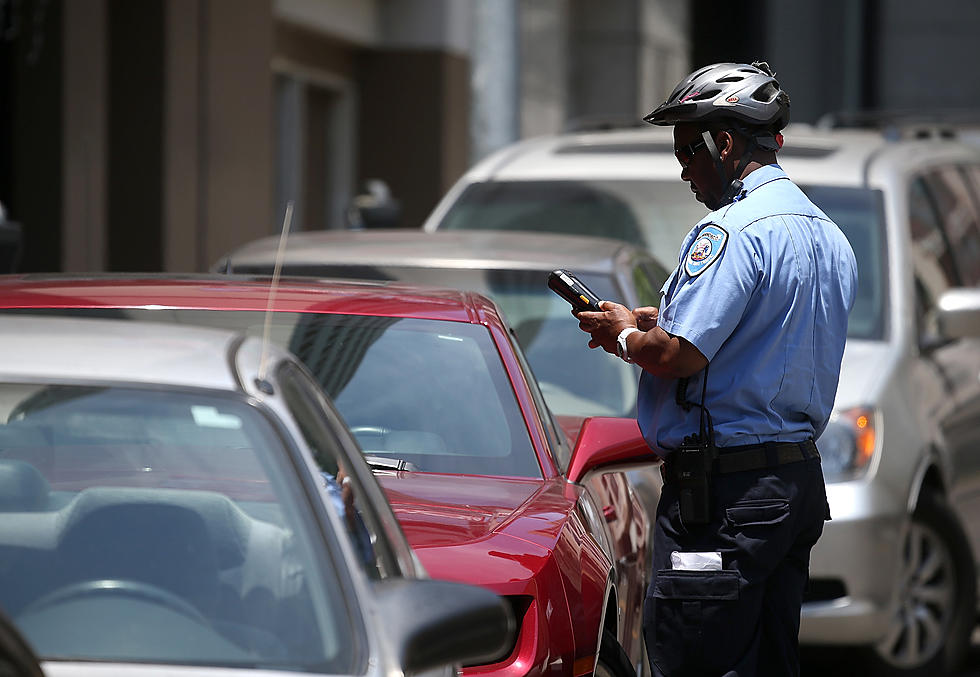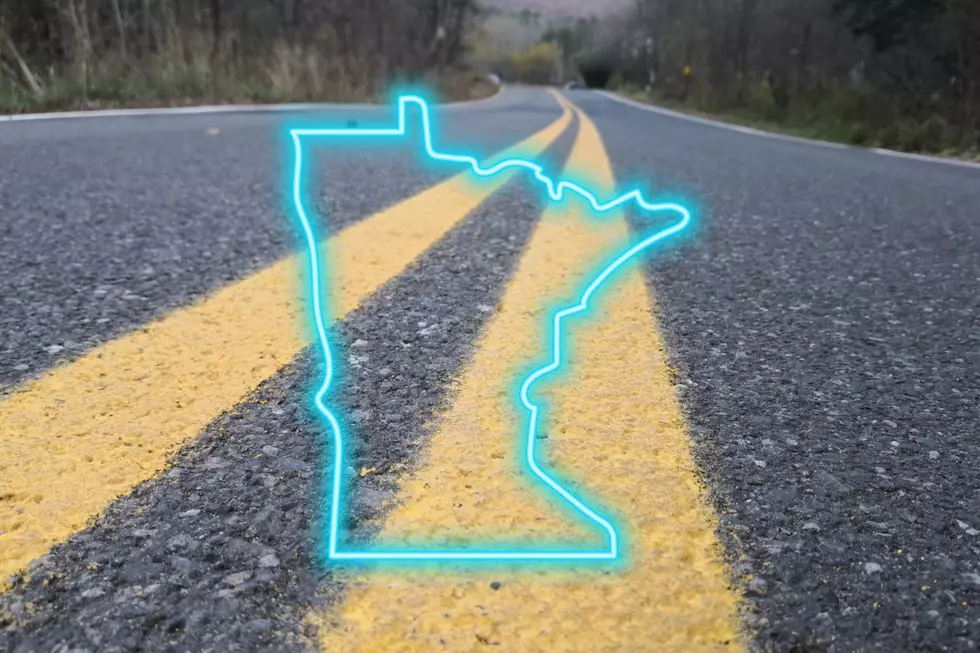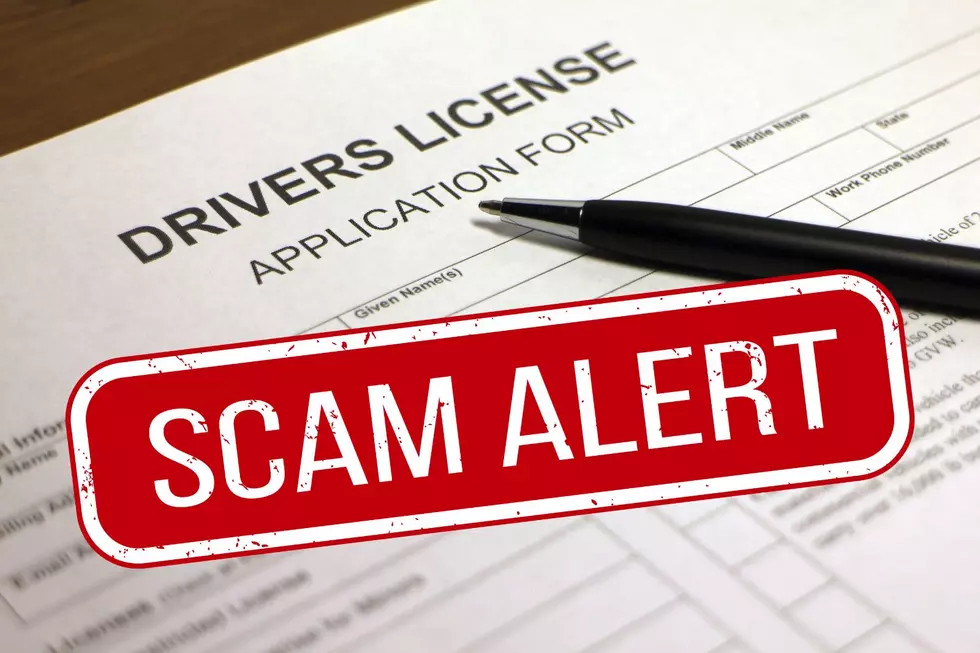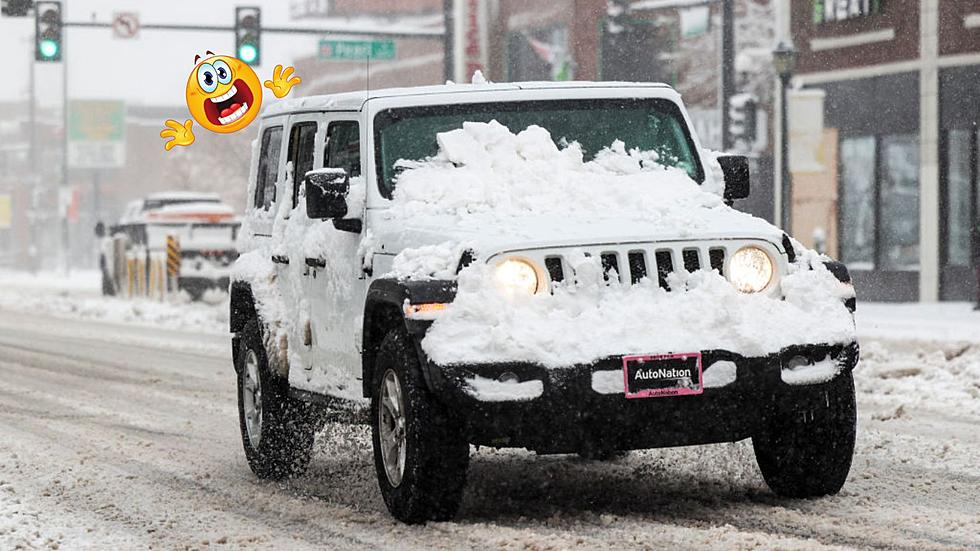
It Is Illegal To Stop Or Park Your Vehicle At Any Of These Minnesota Locations
With summer approaching, people will be on the move and increased traffic means it'll be harder to get around and harder to park within cities. Sometimes, desperate times call for desperate measures and motorists choose to stop or park in areas where they aren't allowed.
In Minnesota, motorists who take that chance may wind up guilty of a petty misdemeanor that will cost them money.
It's obvious that if there are official signs telling you not to park or stop somewhere that doing so will violate the law. Where you can or cannot stop or park often only takes a little common sense, but violations continue to occur throughout the year.
To avoid violating Minnesota Statue 169.34, other locations and scenarios to avoid include:
- On a sidewalk
- Within a bicycle lane, except when posted signs permit parking
- In front of a public or private driveway
- Within an intersection
- Within ten feet of a fire hydrant
- On a crosswalk
- Within 20 feet of a crosswalk at an intersection
- Within 30 feet upon the approach to any flashing beacon, stop sign, or traffic-control signal located at the side of a roadway
- Between a safety zone and the adjacent curb or within 30 feet of points on the curb immediately opposite the ends of a safety zone, unless a different length is indicated by signs or markings
- Within 50 feet of the nearest rail of a railroad crossing
- Within 20 feet of the driveway entrance to any fire station and on the side of a street opposite the entrance to any fire station within 75 feet of said entrance when properly signposted
- Alongside or opposite any street excavation or obstruction when such stopping, standing, or parking would obstruct traffic
- On the roadway side of any vehicle stopped or parked at the edge or curb of a street
- Upon any bridge or other elevated structure upon a highway or within a highway tunnel, except as otherwise provided by ordinance
- No person shall, for camping purposes, leave or park a travel trailer on or within the limits of any highway or on any highway right-of-way, except where signs are erected designating the place as a campsite.
- No person shall stop or park a vehicle on a street or highway when directed or ordered to proceed by any peace officer invested by law with authority to direct, control, or regulate traffic.

Also, keep in mind that in Minnesota areas where parking is allowed alongside a curb, you must park your vehicle within 12 inches of that curb and also be parked facing the direction of traffic.
Hopefully, by having both common sense and this list handy, there will be fewer people paying the Parking Services Divisions in cities across the state of Minnesota this year.
LOOK: Here are the states where you are most likely to hit an animal
LOOK: See how much gasoline cost the year you started driving
More From B105









